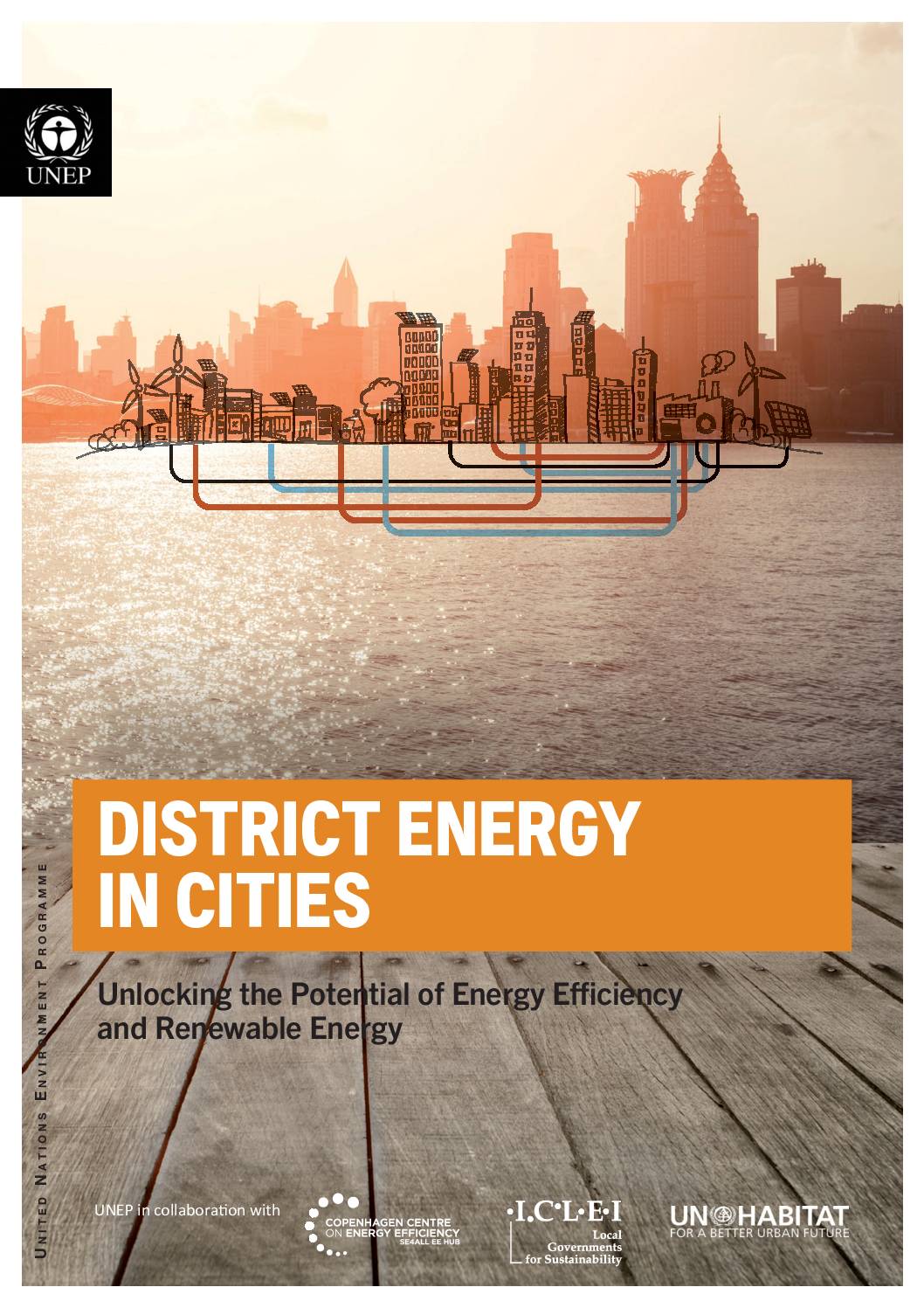Although shares of district energy systems (DES) are expanding and several national and local governments are setting policies and targets, there are still long-standing barriers to greater deployment of modern DES. These barriers include:
- Lack of awareness and misperceptions
- Local and institutional capacity for coordinating DES development.
- Lack of holistic planning policies that integrate energy and DES.
- Incentives and accounting methods that are not harmonized.
- Commercial viability of DES unproven in some markets.
- High project development costs.
- Lack of data on heating and cooling consumption in cities.
One of the first activities of the Initiative was the publication of best practice guidance for cities and national governments to overcome these barriers through four chapters on technology, local policy, business models and national policies and regulations, and a fifth chapter describing a methodology for cities to develop modern district energy. This United Nations Environment Program (UNEP) flagship publication is entitled ‘District Energy in Cities. Unlocking the Potential of Energy Efficiency and Renewables’ and was launched in February 2015. The publication is based on interviews, surveys and consultations with nearly 150 respondents from 65 cities around the world in order to gather expert and local stakeholder perspectives.
Download sourceShare this

Sectors: Buildings, Cross cutting, Renewables
Country / Region: Global
Tags: air conditioning, C2E2, cities, domestic heating, energy, energy efficiency, heating, international development, projects, renewable energies, space cooling, targetsIn 1 user collection: C2E2 Publications
Knowledge Object: Publication / Report
Published by: UNEP
Publishing year: 2014
Author: UNEP
